



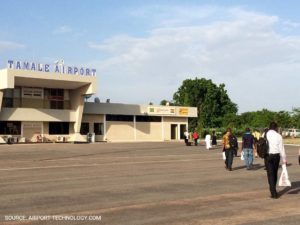 It is an obvious and well-known fact for many years that the fastest, most comfortable, convenient, cheapest and safest way to travel (and transport certain types of cargo) on medium and long distances is to use air transport. Unlike land transport (unbelievably expensive roads and motorways and even more expensive rail routes), no extensive infrastructure is needed. Airports are enough. For this reason, to service more than 23,600 commercial planes flying every day are the world approximately 44,000 airports or airfields needed.
It is an obvious and well-known fact for many years that the fastest, most comfortable, convenient, cheapest and safest way to travel (and transport certain types of cargo) on medium and long distances is to use air transport. Unlike land transport (unbelievably expensive roads and motorways and even more expensive rail routes), no extensive infrastructure is needed. Airports are enough. For this reason, to service more than 23,600 commercial planes flying every day are the world approximately 44,000 airports or airfields needed.
Every year numerous new airports are opened. Most small and medium-sized, dedicated to local passenger and freight traffic. As the number and scope of air operations increase quite rapidly, most of them are faced with the need to install lighting that allows them to work after dark and/or in conditions of limited visibility.
Multiple articles have been written on solutions for large and busy airports. The subject of this brief outline is NOT the large international hubs nor the risks associated with their runway lighting outage due to power supply loss (the famous Atlanta airport blackout of December 2017).
Instead, the author will focus primarily on low-traffic small and medium-sized airports (supporting domestic passenger and cargo traffic, usually). A well-placed and fast-growing commercial airport is expected to have night operations available. Thus certified and safe runway lighting system has to be installed. Every operator/manager of such a facility must be aware of all the conditions while selecting appropriate technology to be implemented by the airport.
Airport operators today have two types of lighting at their disposal: fast-growing, solar-powered permanent and temporary lighting systems and traditional hard-wired lighting systems that have been in operation for about a century.
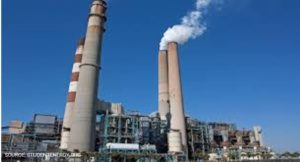 Energy Source and Reliability of Energy Supply
Energy Source and Reliability of Energy SupplyThe fact that aircraft is the safest means of transport is due, among other things, to the fact that the whole industry is ruled by the principle of well-calculated redundancy, multiple security features and the highest quality of any equipment, installations and system used for air operations. Of course, this also applies to the airport lighting system. For virtually all traditional solutions, the basic and most important is always the public electricity grid, and because effective, compliant lighting requires tens and hundreds of kilowatts, energy is usually supplied via a dedicated transformer or transformer station. This is the simplest and seemingly best solution. But…
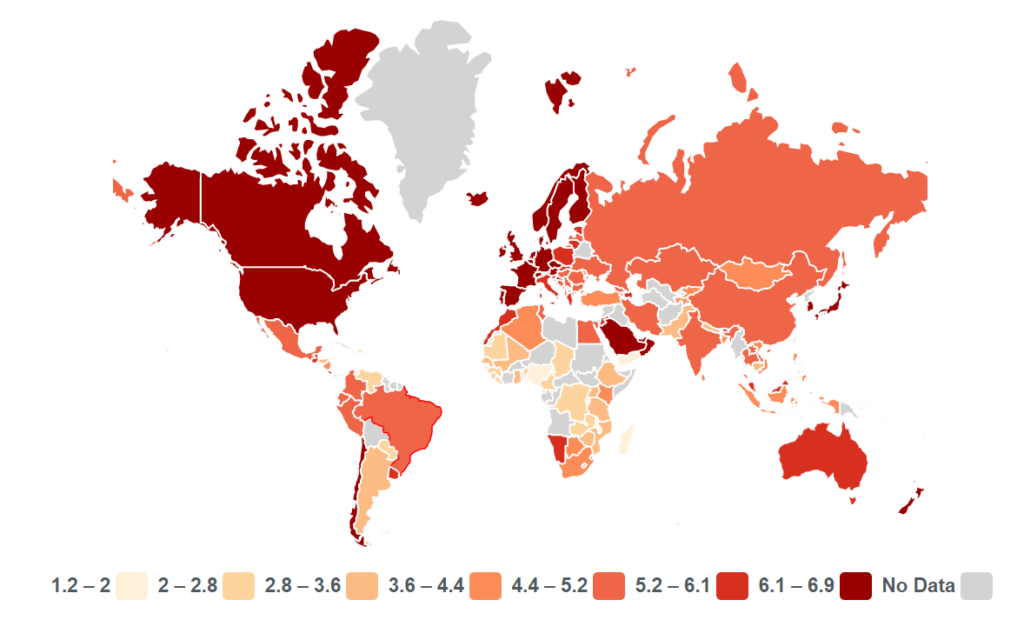
Quality of energy supply, according to the report published by TCdata360
The data cover the situation in 62.67% of all countries that have available data for this indicator for 2017. The assessment of the reliability of the electricity supply meant as lack of interruptions and lack of voltage fluctuations is given by digital index in the range from 1 = not reliable at all, up to 7 = extremely reliable. Even not a very accurate analysis of these statistics clearly shows that – apart from such large countries with relatively well-developed electricity infrastructure as the USA, China or Australia (where there are also areas where undisturbed access to good quality electricity is difficult or even impossible)
Air traffic safety requires and it is contained in the relevant rules and regulations that each airfield permitted to run flight operations after dusk and with limited visibility has to have a back-up power source. This is to enable the airport to continue lighting when suddenly, without warning, the current in the public network disappears. It’s logical and obvious. Aircrafts serviced by the airport may not take off but they need to land safely. The simplest back-up power supply is usually a diesel generator that covers the energy required for the operation of vital airport systems, including runway lighting. Because the time of starting up and reaching the full generated power of the generator is quite long (counted even in minutes) is most often supplemented by an additional emergency power supply, uninterruptible power supply (UPS) – 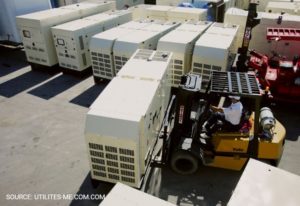 a device or system whose function is to maintain the power supply to other electrical and/or electronic equipment in the event of mains failure or inadequate performance of public electricity grid.
a device or system whose function is to maintain the power supply to other electrical and/or electronic equipment in the event of mains failure or inadequate performance of public electricity grid.
In order to guarantee the full safety of air operations in the case of the use of public power supply system, a specially dedicated emergency power supply system shall be installed at the aerodrome.
It is obvious that such a pretty complicated system requires continuous maintenance, technical inspections, control launches – generally professional service and the implementation and maintenance of all procedures provided by the manufacturer.
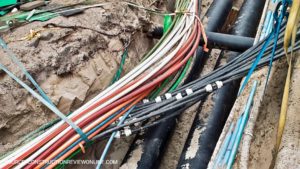 All aerodrome lighting fittings shall be connected to the transformer station and the emergency power supply by means of electrical cables specially designed for this type of application. These cables are always laid in the ground, which means the need for classical construction project with all the consequences: from the design and building permits, through the necessity of practical application of all standards and regulations relevant to all stages of the project, up to the final project commissioning and the subsequent maintenance and operation. The inconveniences associated with the need to comply with all local building regulations varies from country to country, but they always exists. Another problem may be significant troubles resulting from accidental damage to the network during other earthworks or its lower (often substantially) durability and reliability resulting from (sometimes forced by circumstances) savings at the stage of the investment itself.
All aerodrome lighting fittings shall be connected to the transformer station and the emergency power supply by means of electrical cables specially designed for this type of application. These cables are always laid in the ground, which means the need for classical construction project with all the consequences: from the design and building permits, through the necessity of practical application of all standards and regulations relevant to all stages of the project, up to the final project commissioning and the subsequent maintenance and operation. The inconveniences associated with the need to comply with all local building regulations varies from country to country, but they always exists. Another problem may be significant troubles resulting from accidental damage to the network during other earthworks or its lower (often substantially) durability and reliability resulting from (sometimes forced by circumstances) savings at the stage of the investment itself.
Permanent solar-powered airfield lighting is not a classic big project, but a simple purchase and a good investment for the future without any of the issues and problems shortly described above.
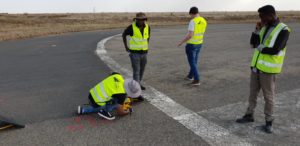 Each complex system, living and inanimate, and only such exist in the whole of our civilized world requires maintenance, servicing, technical inspection, current repairs. It is only a matter of conscious choice which system best suits our needs, expectations and capabilities. The basic principle is very simple: the more technically complex the system, the more solid investment in its correct and complete functionality. The second rule is: the lower the operating costs, the higher the investment expenditure (quality of design, components and workmanship). In aviation, where the principle of necessary and reasonable redundancy is universally and absolutely binding and comprehensive, multiple safeguards of all safety-critical and safety-relevant mechanisms, units, modules and systems are mandatory, this is particularly evident. This also applies to the small part of safe and comfortable aviation which is an airfield lighting. It is really impossible to go below a certain, specific level of complexity and reliability of the whole. If for a particular operator this level is difficult or impossible to achieve, it is necessary to consider a much simpler, easier and, exactly by its simplicity, more reliable lighting system – a solar one.
Each complex system, living and inanimate, and only such exist in the whole of our civilized world requires maintenance, servicing, technical inspection, current repairs. It is only a matter of conscious choice which system best suits our needs, expectations and capabilities. The basic principle is very simple: the more technically complex the system, the more solid investment in its correct and complete functionality. The second rule is: the lower the operating costs, the higher the investment expenditure (quality of design, components and workmanship). In aviation, where the principle of necessary and reasonable redundancy is universally and absolutely binding and comprehensive, multiple safeguards of all safety-critical and safety-relevant mechanisms, units, modules and systems are mandatory, this is particularly evident. This also applies to the small part of safe and comfortable aviation which is an airfield lighting. It is really impossible to go below a certain, specific level of complexity and reliability of the whole. If for a particular operator this level is difficult or impossible to achieve, it is necessary to consider a much simpler, easier and, exactly by its simplicity, more reliable lighting system – a solar one.
A popular saying is, that the entire large and heavy chain is exactly as strong as its weakest link. This is the starting point and the basis for the whole branch of engineering knowledge, which is the functional analysis of technical systems in terms of their reliability, fault tolerance, immunity to interference, calculation of the confidence interval for expected uptime, sensitivity to change and many others, which allow to fly i.e. a built-of-6 million-part Boeing 747 – a wide-body and double-deck passenger ‘jumbo jet’ for almost half a century (since 1970!), and being only a few (fortunately) catastrophes involved, caused by plane itself.
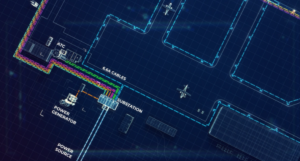 Airport lighting consists of little less than 6 million elements so the analysis of the reliability of the cable system is much easier. For little money you can order it from a specialist and for a specific configuration get quite precise information about weak spots and vulnerabilities. Perhaps within the promotion, for the same price (or for a small surcharge), the same specialist will confirm that in terms of reliability, for small and a large part of medium-sized airports, based on different structural principles solar lighting system is an order of magnitude better than the traditional cable system. To compare the costs of the two systems elementary arithmetic is sufficient
Airport lighting consists of little less than 6 million elements so the analysis of the reliability of the cable system is much easier. For little money you can order it from a specialist and for a specific configuration get quite precise information about weak spots and vulnerabilities. Perhaps within the promotion, for the same price (or for a small surcharge), the same specialist will confirm that in terms of reliability, for small and a large part of medium-sized airports, based on different structural principles solar lighting system is an order of magnitude better than the traditional cable system. To compare the costs of the two systems elementary arithmetic is sufficient
It is trivial that airports which decide to expand their activities by running air operations in dark and with limited visibility are always in a very specific situation, where clearly rapid development requires relatively large financial outlays and the fulfilment of several seemingly small but important additional conditions.
Additionally, by their very nature, small and medium-sized airports often operate in locations where there usually is a big problem with employing technical staff at the right level. The employee or staff of the airport lighting system does not have to be graduates of good technical universities, but a certain minimum level of technical culture of such persons is essential and necessary. Rapid apprenticeship and a lack of general technical competence can have serious adverse effects. In turn, moving from distant locations or daily transportation (by plane) of trained employees can be far too expensive for an airport, which is on the verge of financial liquidity 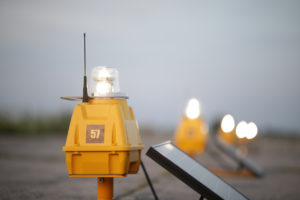 after installing cable lighting.
after installing cable lighting.
Solar airfield lighting maintenance does not require highly qualified engineers with practical experience in AGL systems – which significantly simplifies keeping the solar system in good condition.
Taking all the above into consideration, it is quite certain that for small and a large part of medium-sized airports – situated in the strip allowing for this – the simplest, definitely the cheapest and in any time perspective the best option is not a complicated, capital intensive investment route, but a common purchase of a simple, reliable, immune to stupidity – permanent solar airfield lighting system.